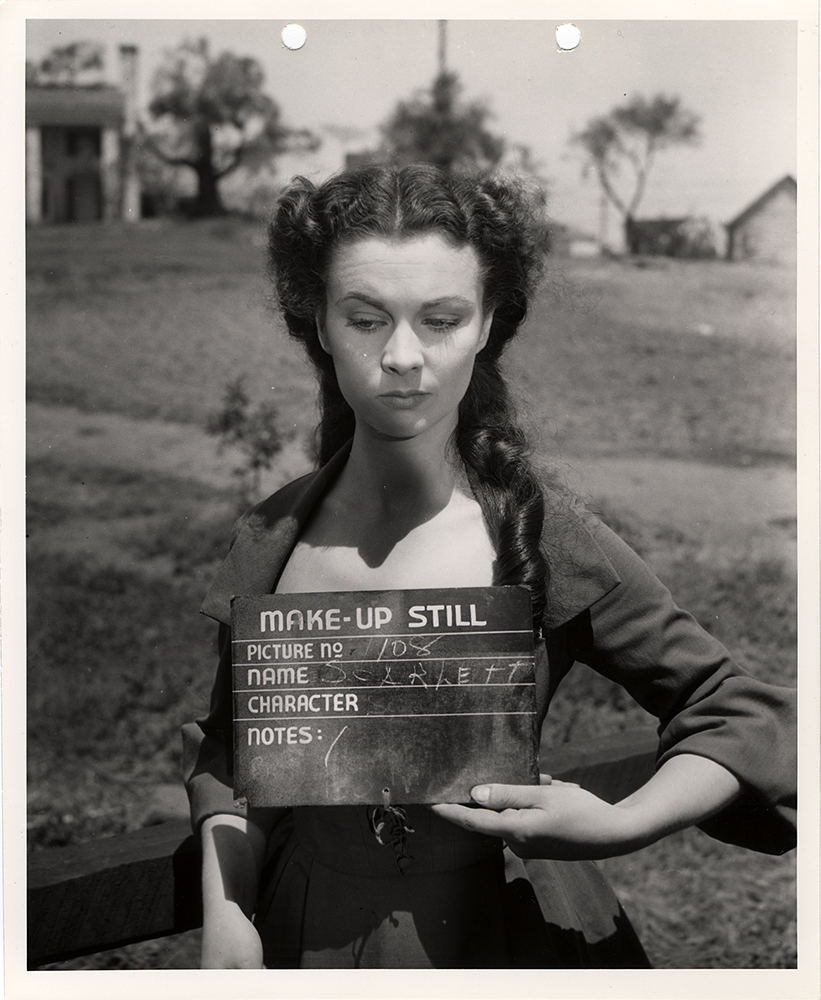
How do you put together an exhibition about one of the most famous films in Hollywood history without repeating what’s already been said and done?
That was the question facing Steve Wilson, curator of film at the Harry Ransom Center at the University of Texas at Austin, as the 75th anniversary of the 1939 release of Gone With the Wind approached. “I thought, I have the entire archive on the other side of the wall from my office,” he recalls. “Let’s dig in and see what’s really there.”
The archive is the David O. Selznick collection, which comprises more than 5,000 boxes worth of papers, plus paintings, films, costumes and other materials from the legendary producer’s life and work. In 1980, when the cost of commercial storage grew too great, his children donated the collection to the Ransom Center. The archive, which took two years to catalogue to the folder level, is now the Center’s largest collection. And it also contains plenty of material about Gone With the Wind; when the Ransom Center opens its major celebration of the anniversary on Sept. 9, the exhibition will be drawn exclusively from its own holdings.
“The exhibition is really a chronological telling of the story of the making of the film, starting with the very first teletype from [literary agent and scout] Kay Brown to Selznick, ‘I’ve got this great book, you’ve got to buy the rights to it,’ all the way up to the Atlanta premiere, which was a three-day extravaganza,” Wilson explains.
During the years spent developing the exhibition and its companion book, Wilson found that there were, in fact, new things to learn about Gone With the Wind. One great source was the stash of more than 6,000 letters from fans to Selznick about the work-in-progress film. Selznick had actually purchased the film rights to Margaret Mitchell’s novel shortly before it became available to the public in 1936; when it became a massive bestseller, readers already knew it was bound to be a major motion picture too. The movie — which premiered in December of 1939 and went on to win the Best Picture Oscar that year, beating a field that included classics like The Wizard of Oz, Mr. Smith Goes to Washington and Stagecoach — was always part of the story of the book.
That meant the letters were full of what’s now commonly known as “dream-casting.” Though Clark Gable was an early frontrunner for the role of Rhett Butler, Selznick was determined to get a fresh face to play Scarlett O’Hara. Writing in suggestions became a parlor game for fans across the country. Some possibilities were famous actresses — Wilson says that Tallulah Bankhead was so seriously considered that she had already gotten her teeth capped, gone on a diet and quit drinking in order to pass as the teenage Scarlett — and some were mere hopefuls. “There were a lot of people who identified with the character so strongly that they would actually use the words ‘I am Scarlett’,” Wilson notes. “It drove everybody making the movie crazy. They couldn’t go anywhere without people asking, ‘Who’s going to play Scarlett?’”
The reasons for fans to identify with the protagonist ran deep. Though Scarlett’s experiences of war and hunger were fictional, readers had very real personal experience with the Great Depression, the memory of the Great War and hints of another World War approaching. Even now, Scarlett’s problems can be seen as metaphors for may other large-scale worries. And that, Wilson says, is why Gone With the Wind has held onto the popular imagination for so long: “It’s such a strong representation of ourselves, the good and the bad, that it still sticks with us today.”
And, though many actresses and amateurs tried for the part, the photos seen here make another thing clear: as Scarlett O’Hara, Vivien Leigh can still stick with us too.
The Making of Gone With The Wind runs at the Harry Ransom Center from Sept. 9, 2014 to Jan. 4, 2015.
Lily Rothman is archives editor of TIME.com
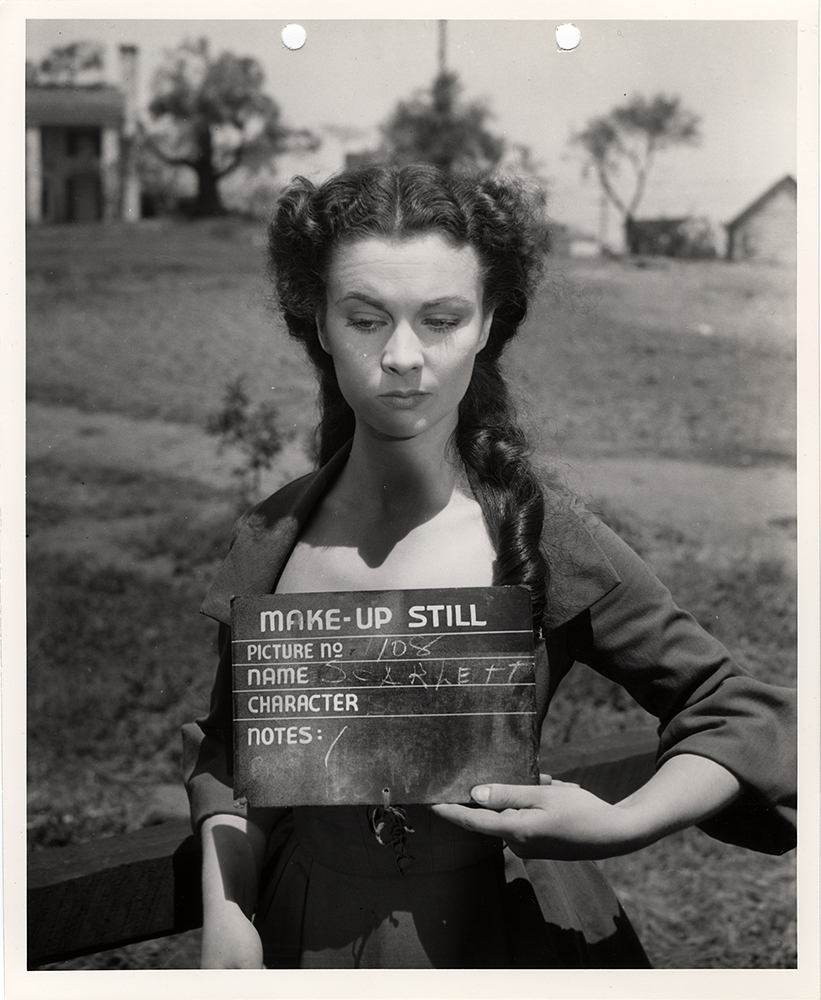
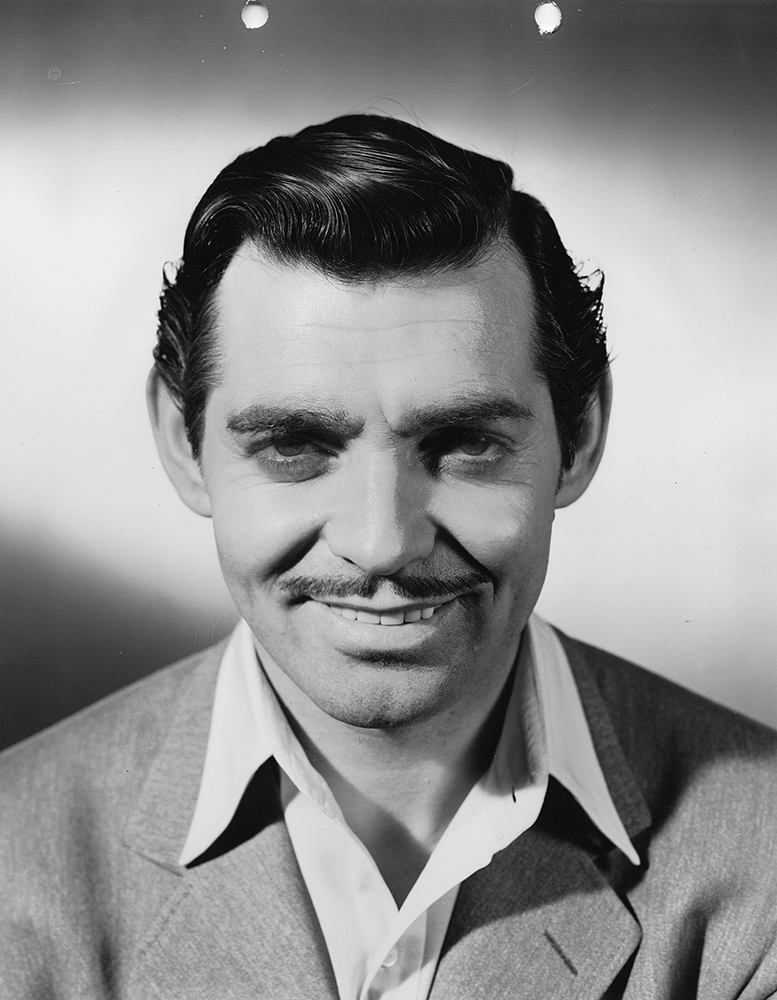
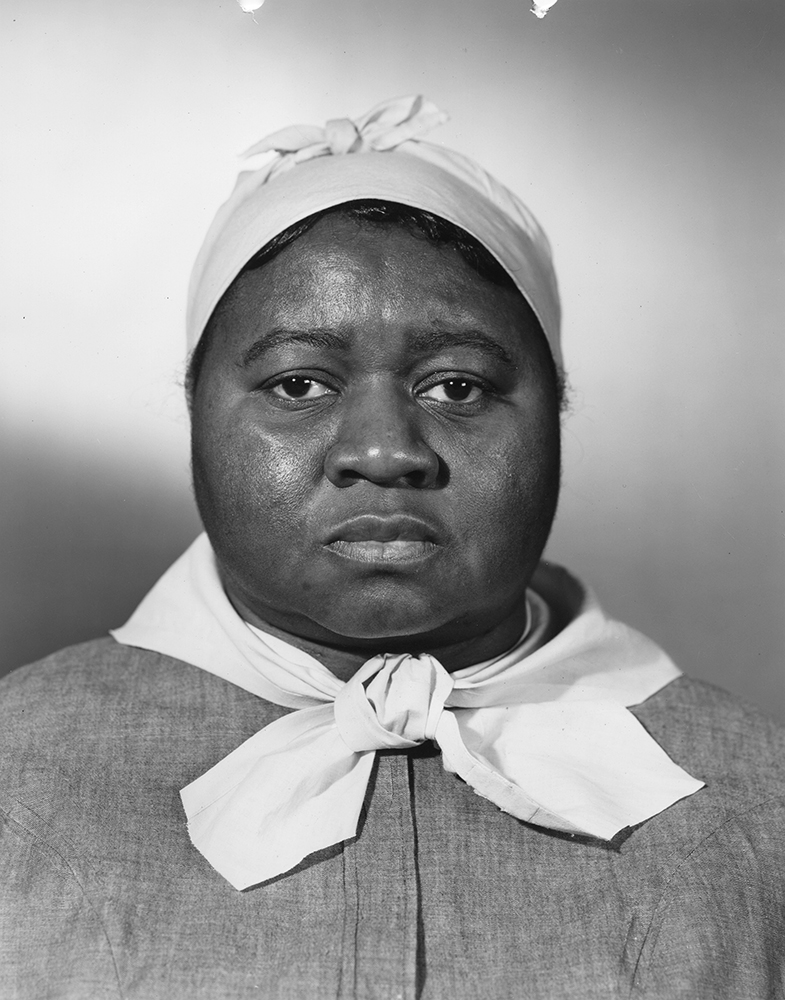
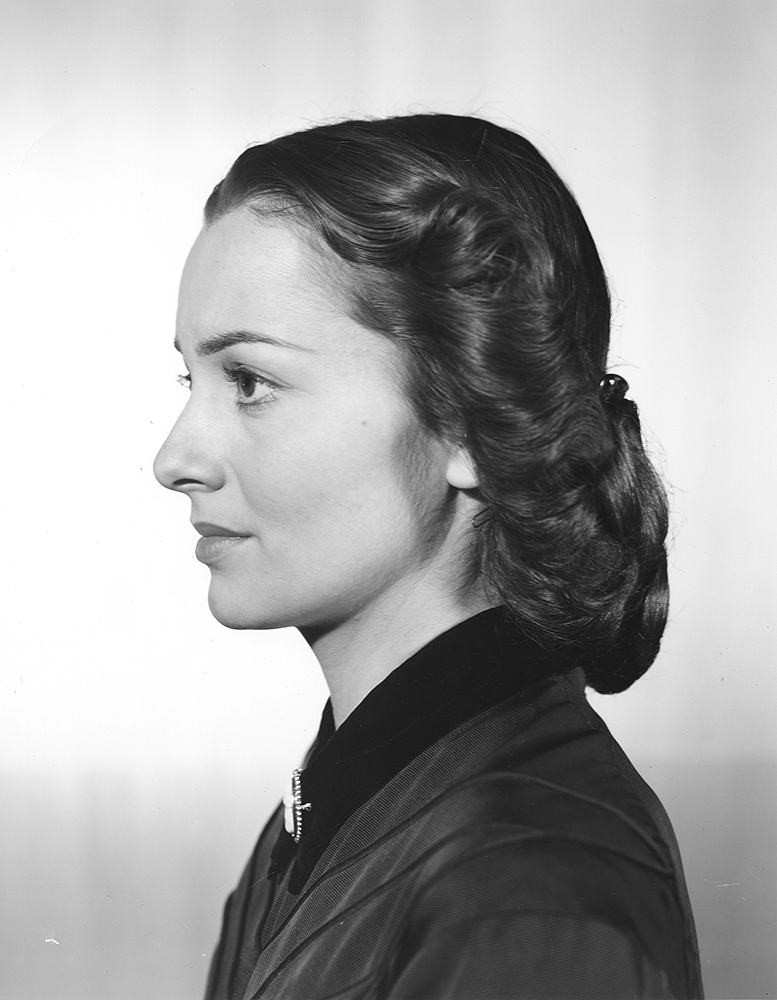
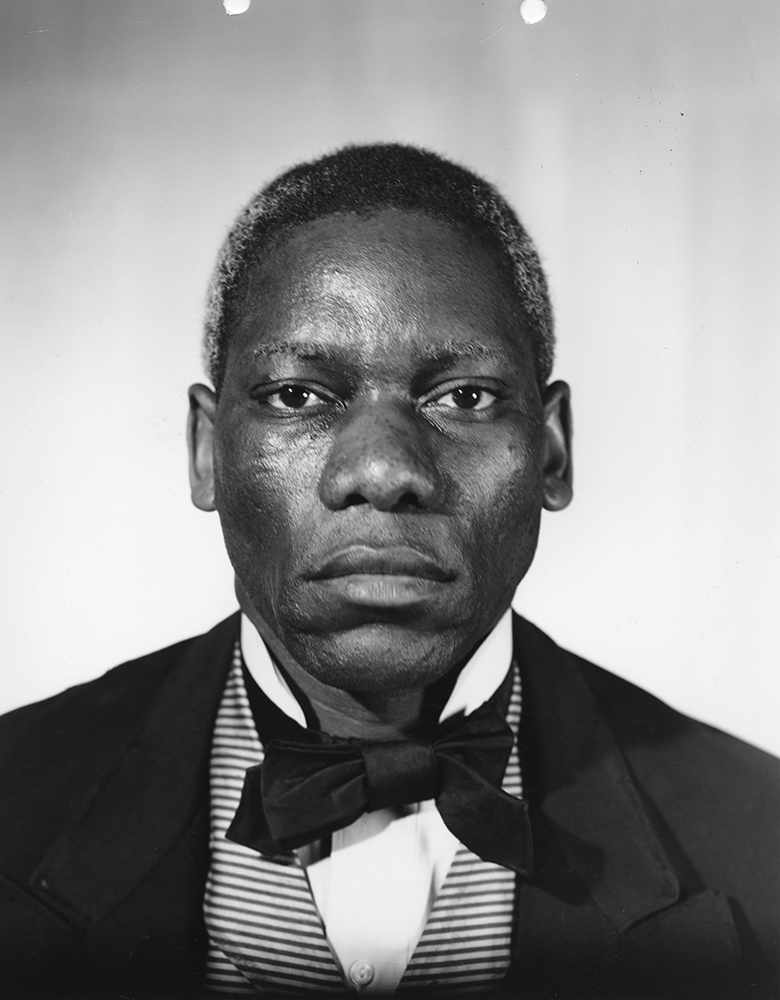
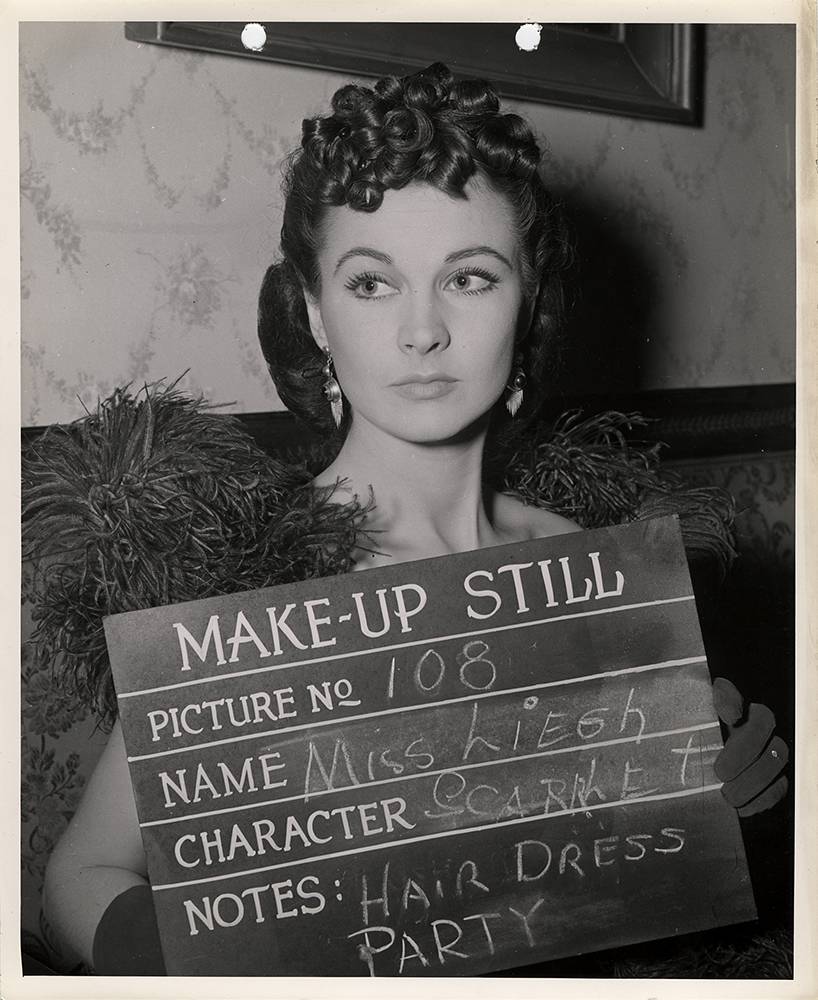
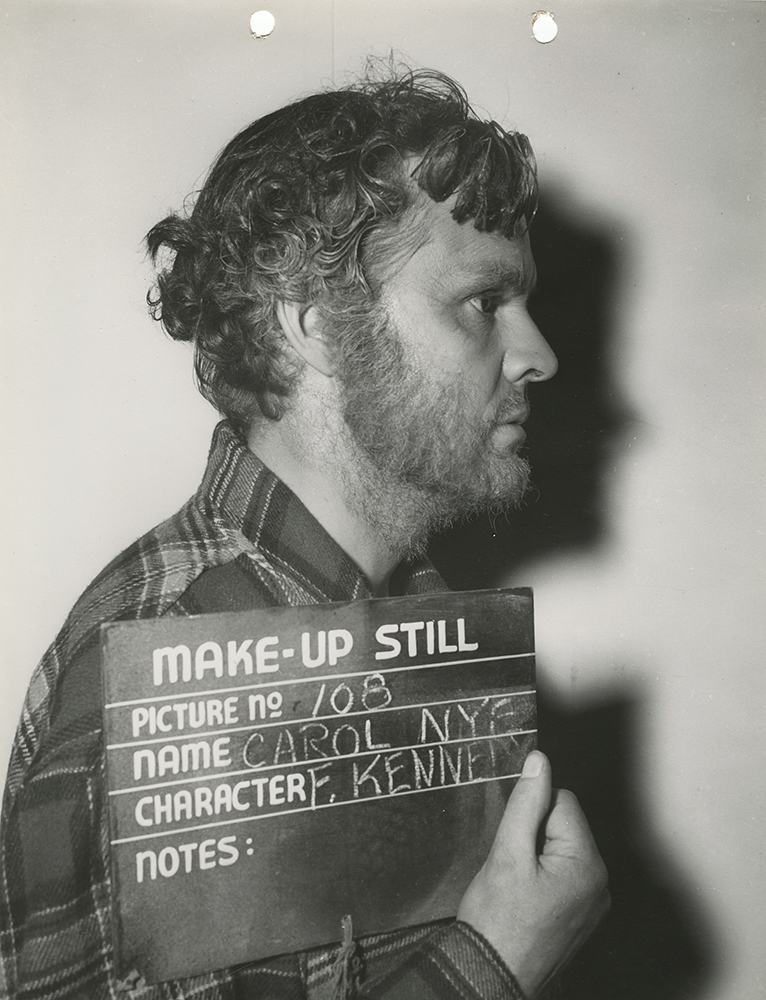
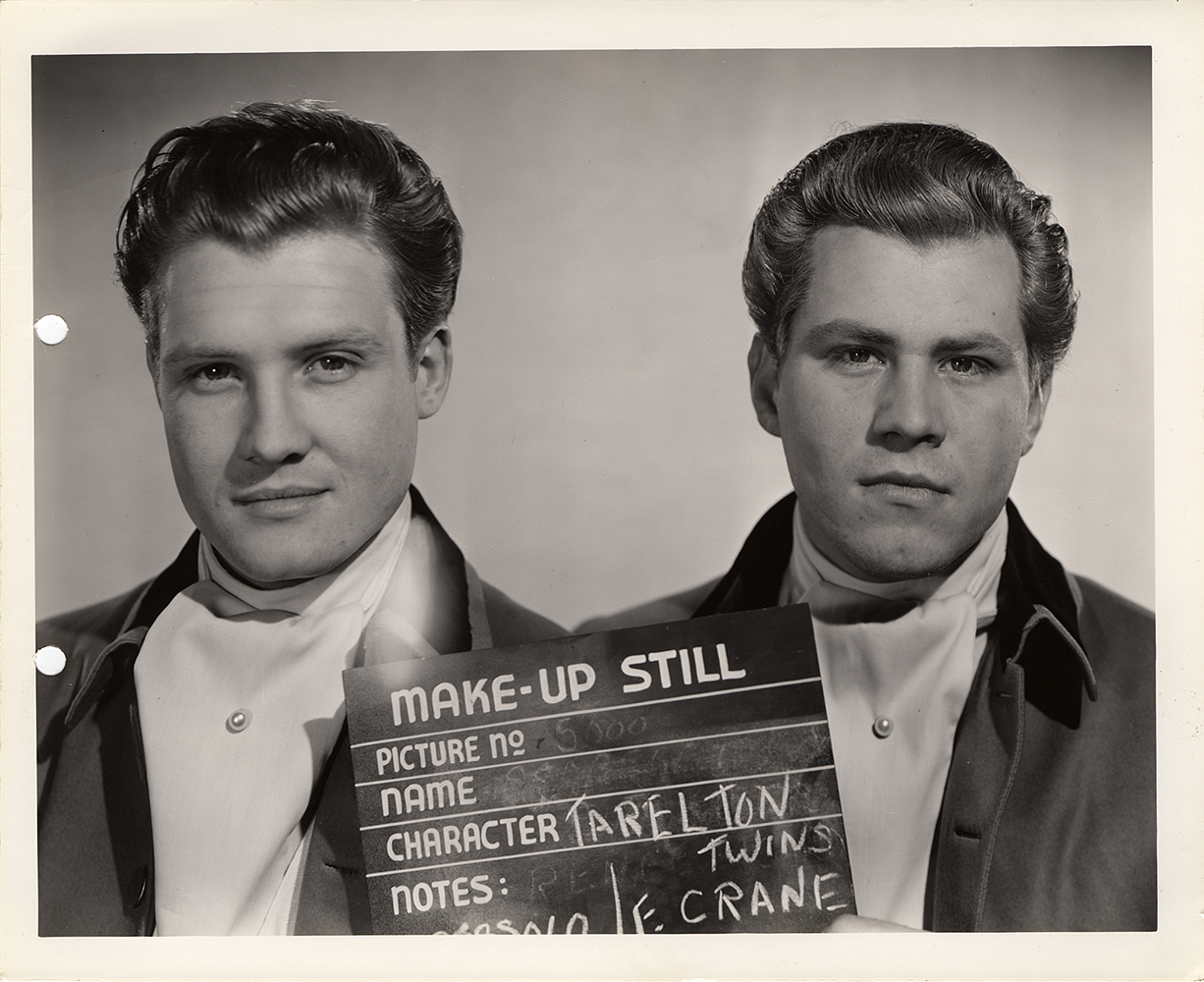
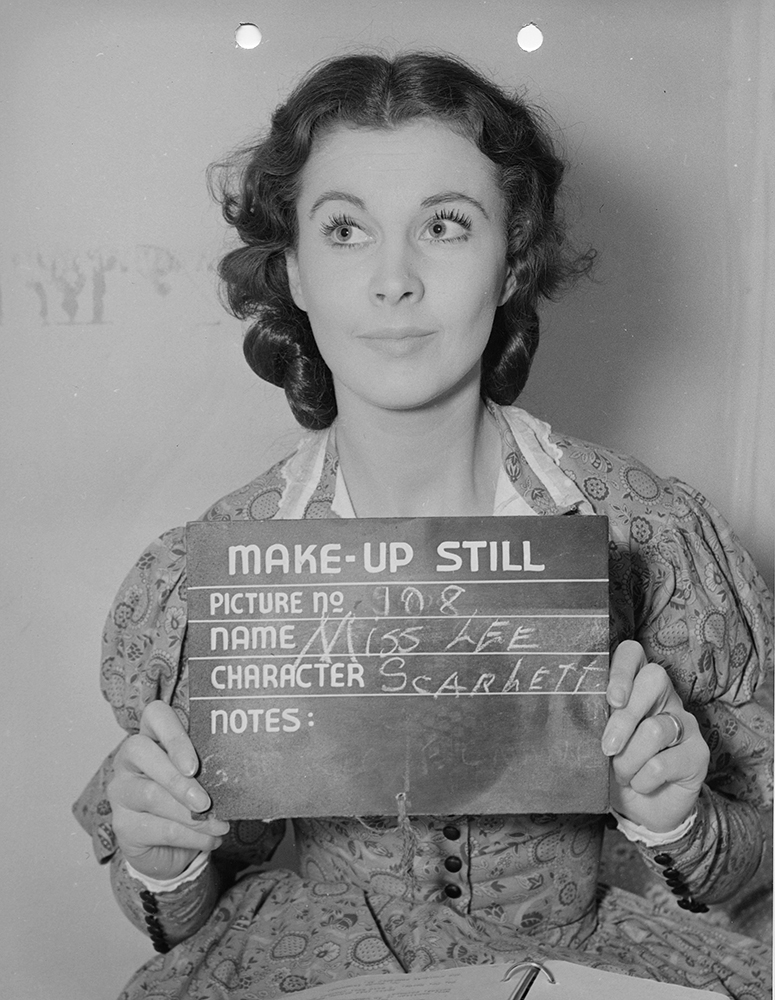

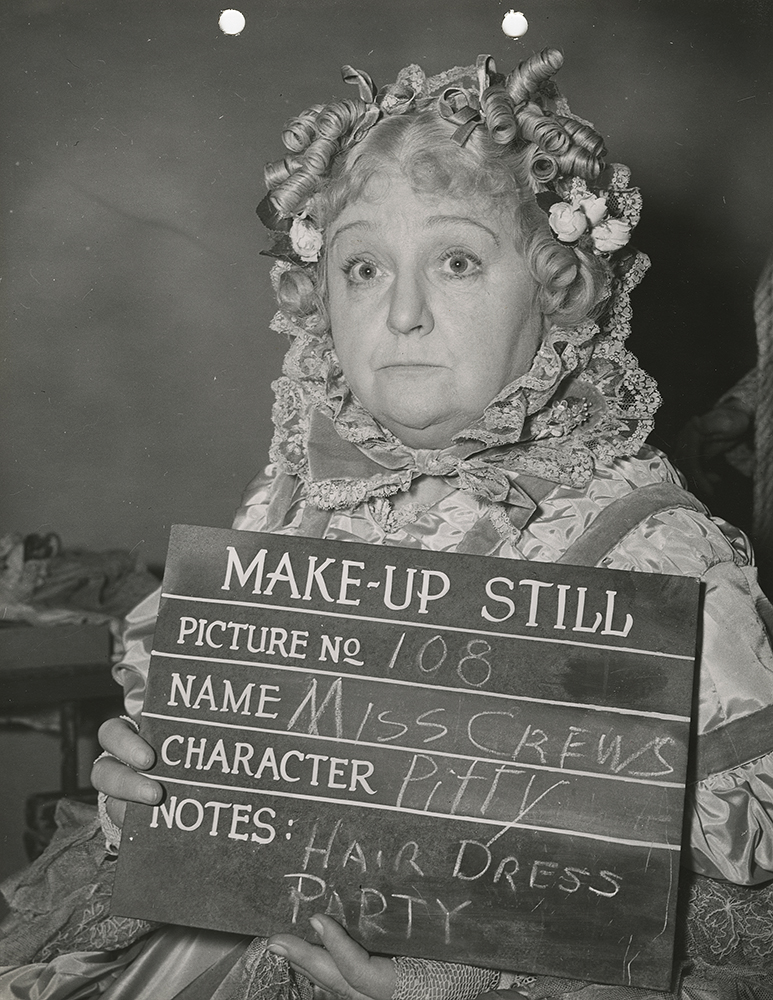
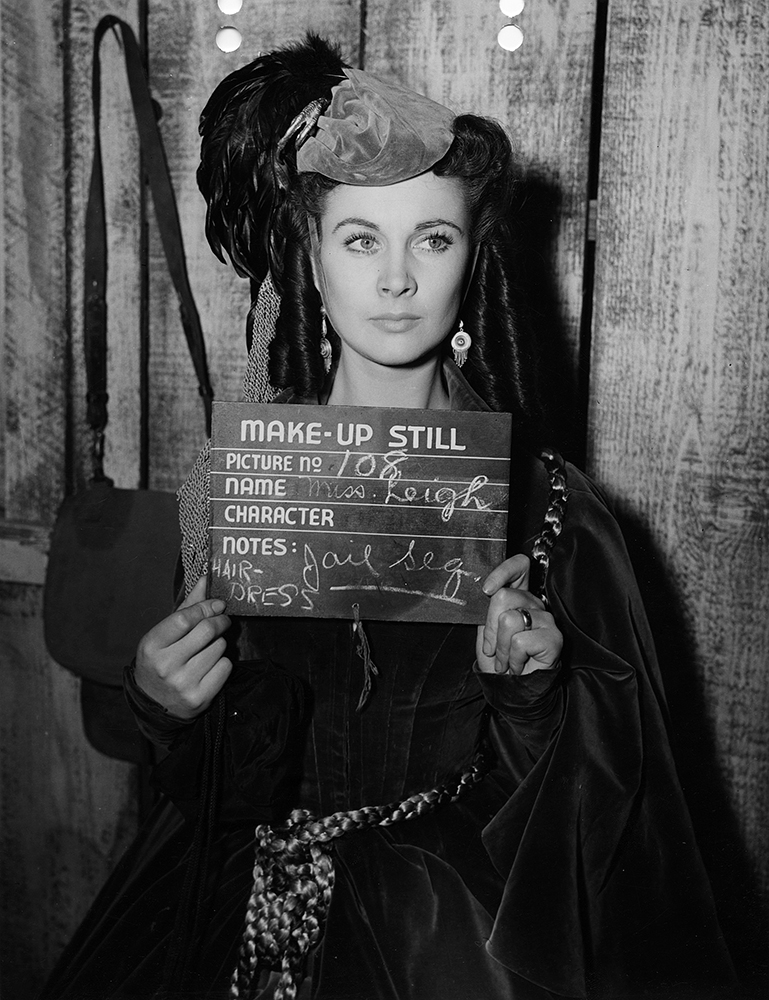
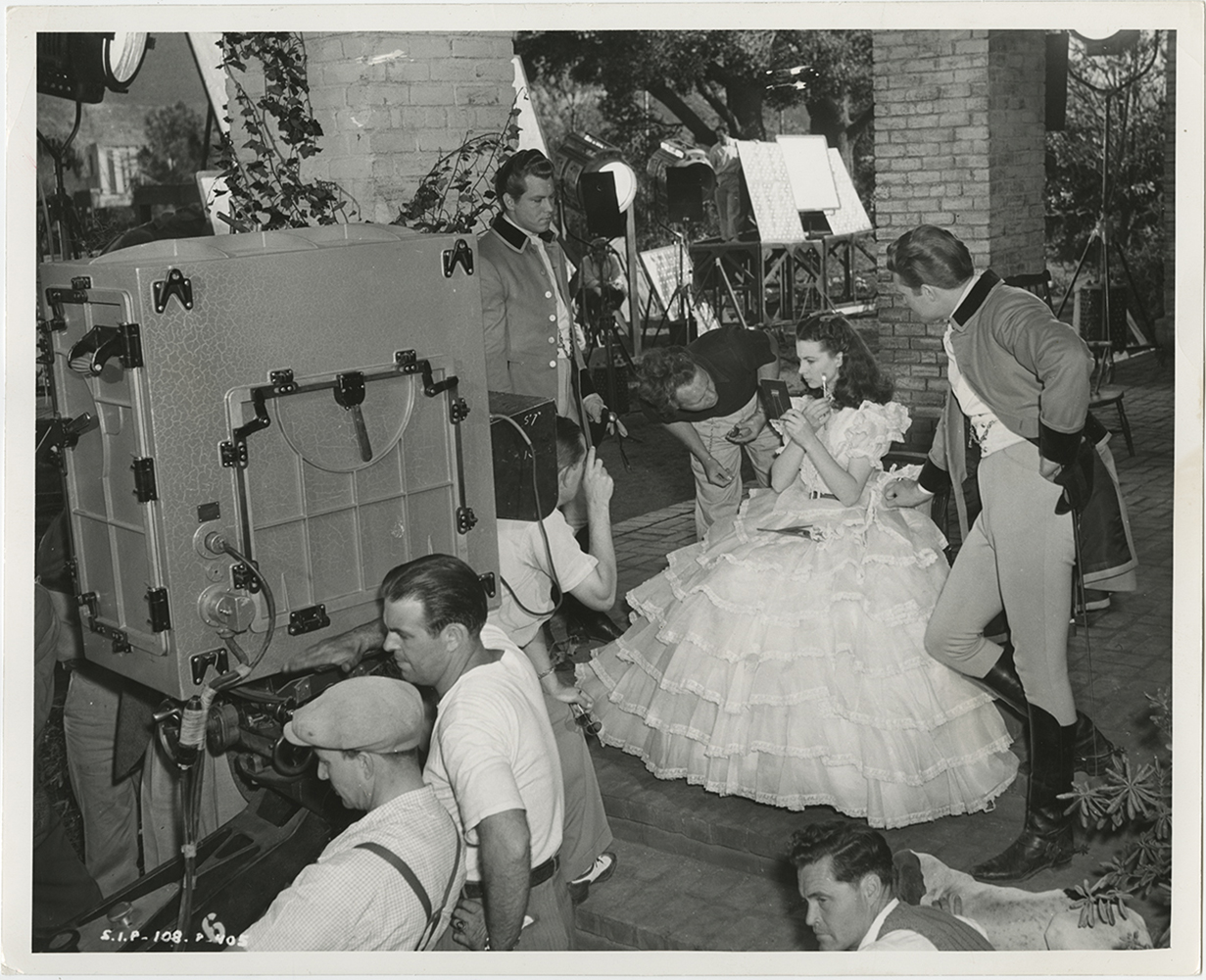

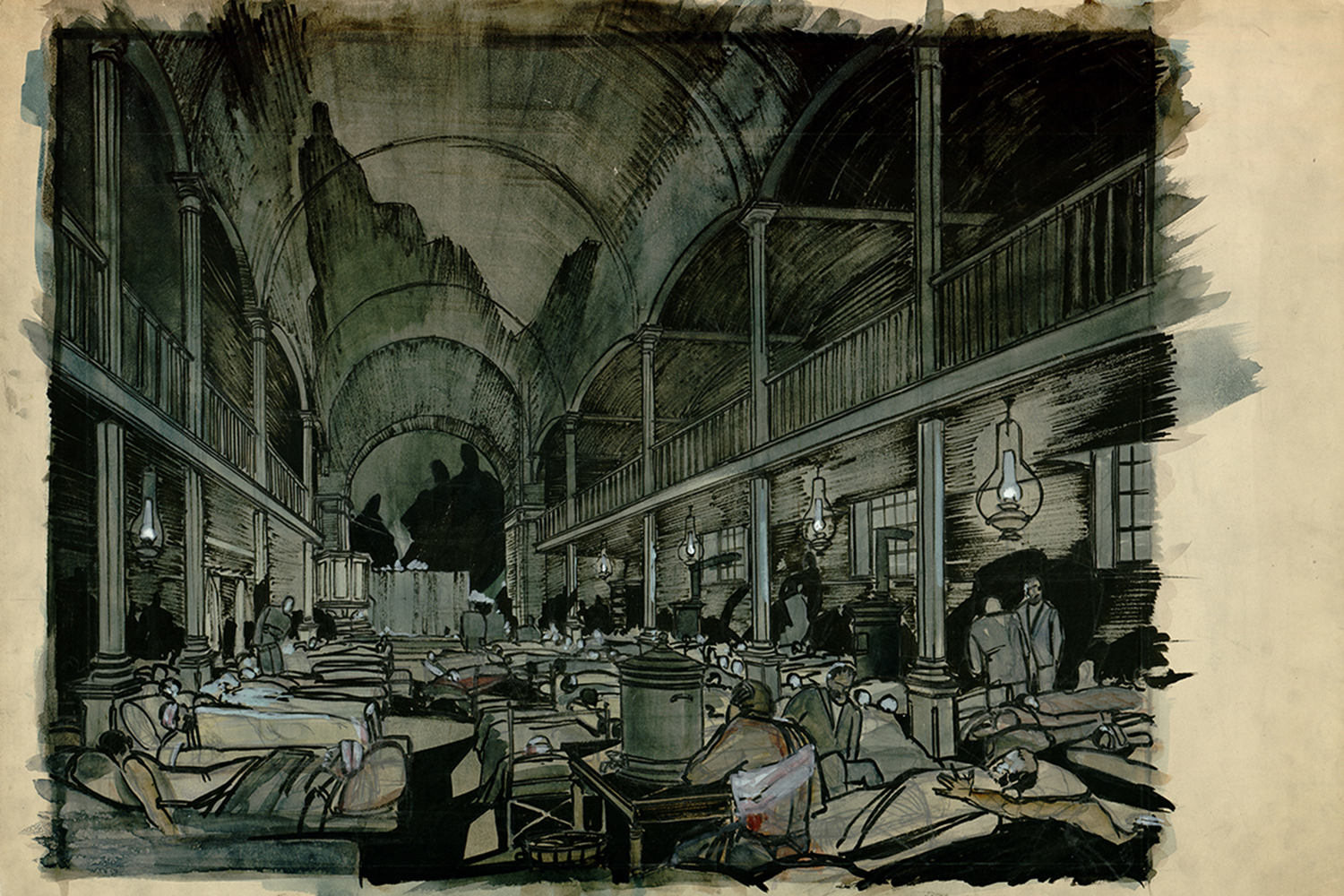

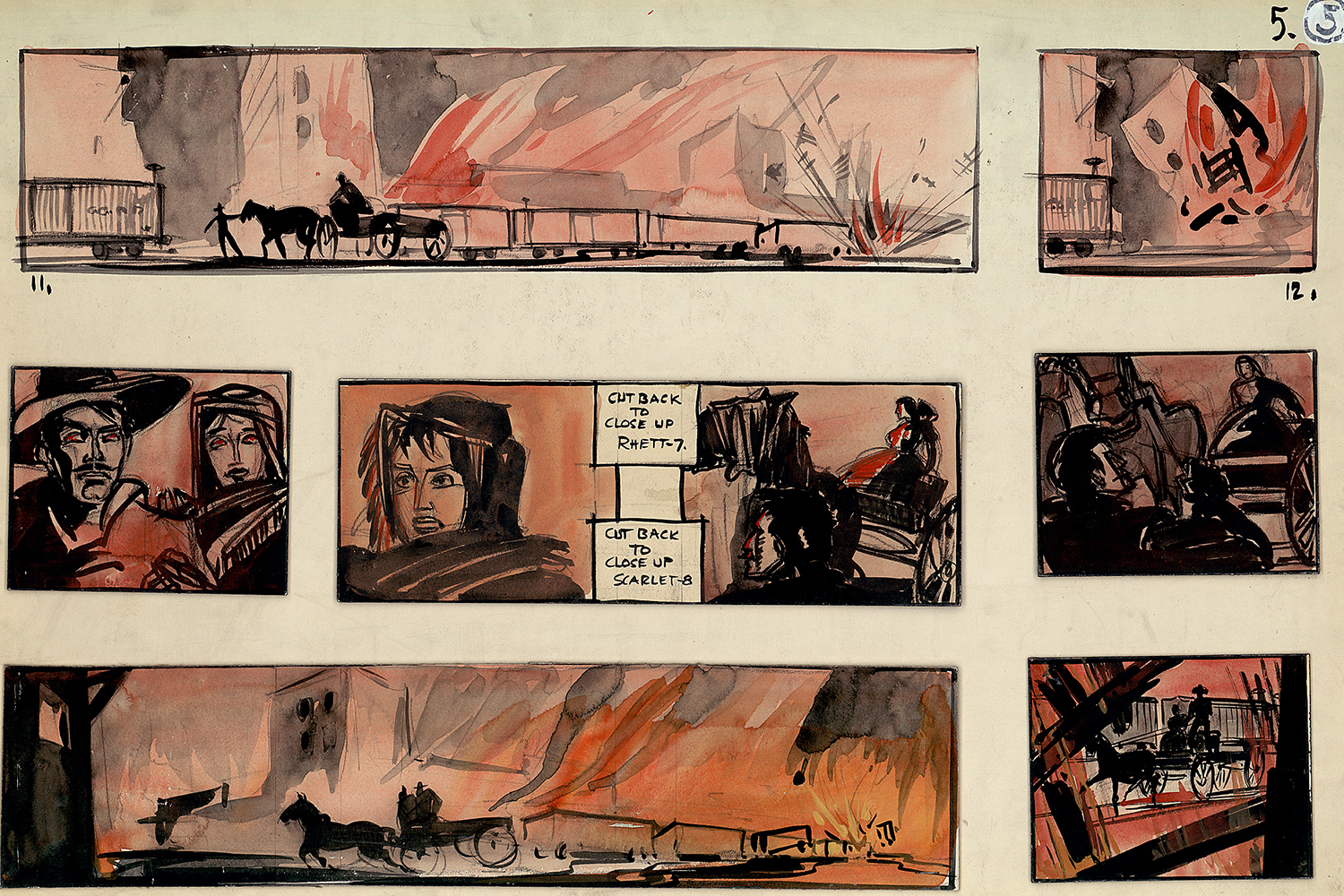

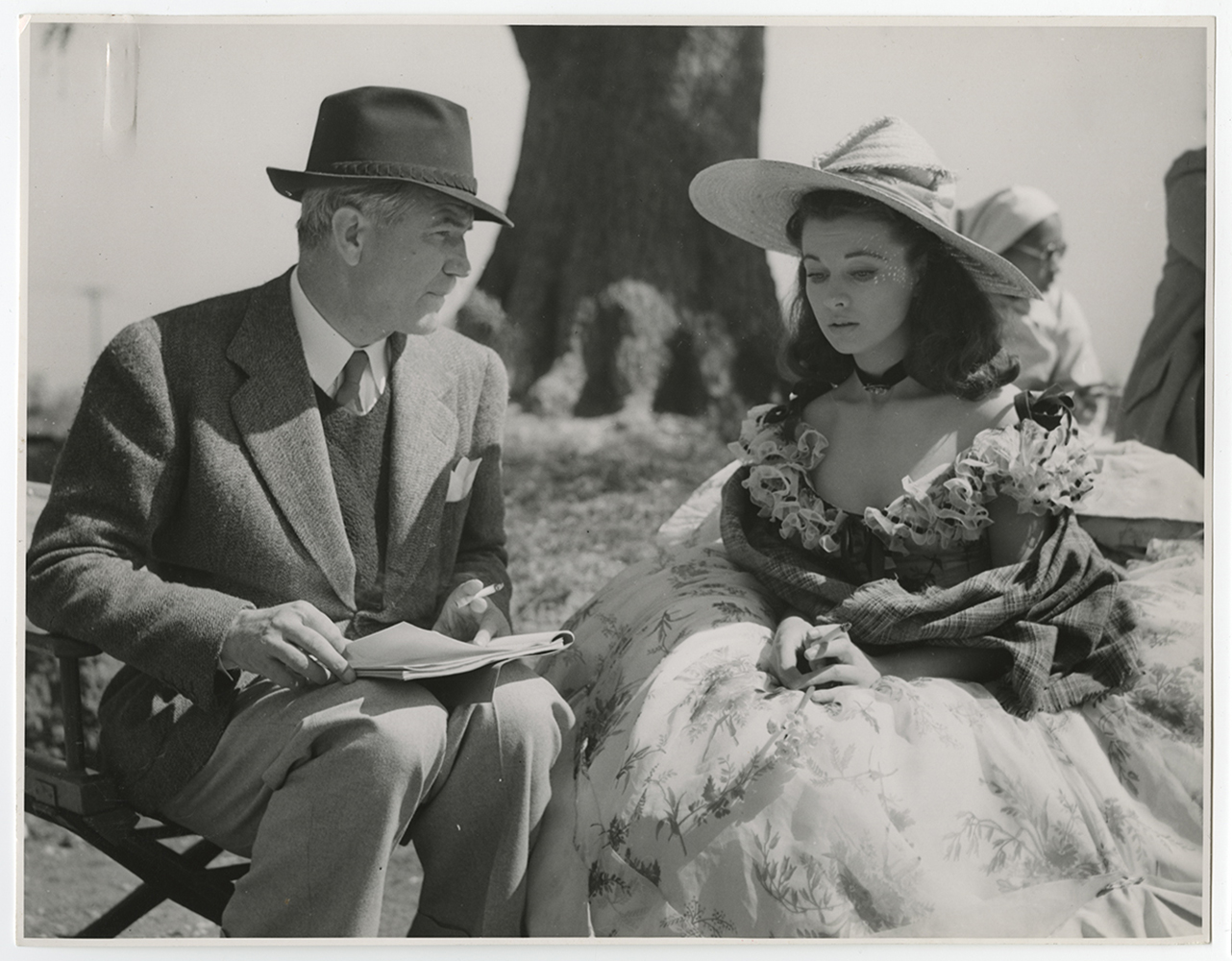
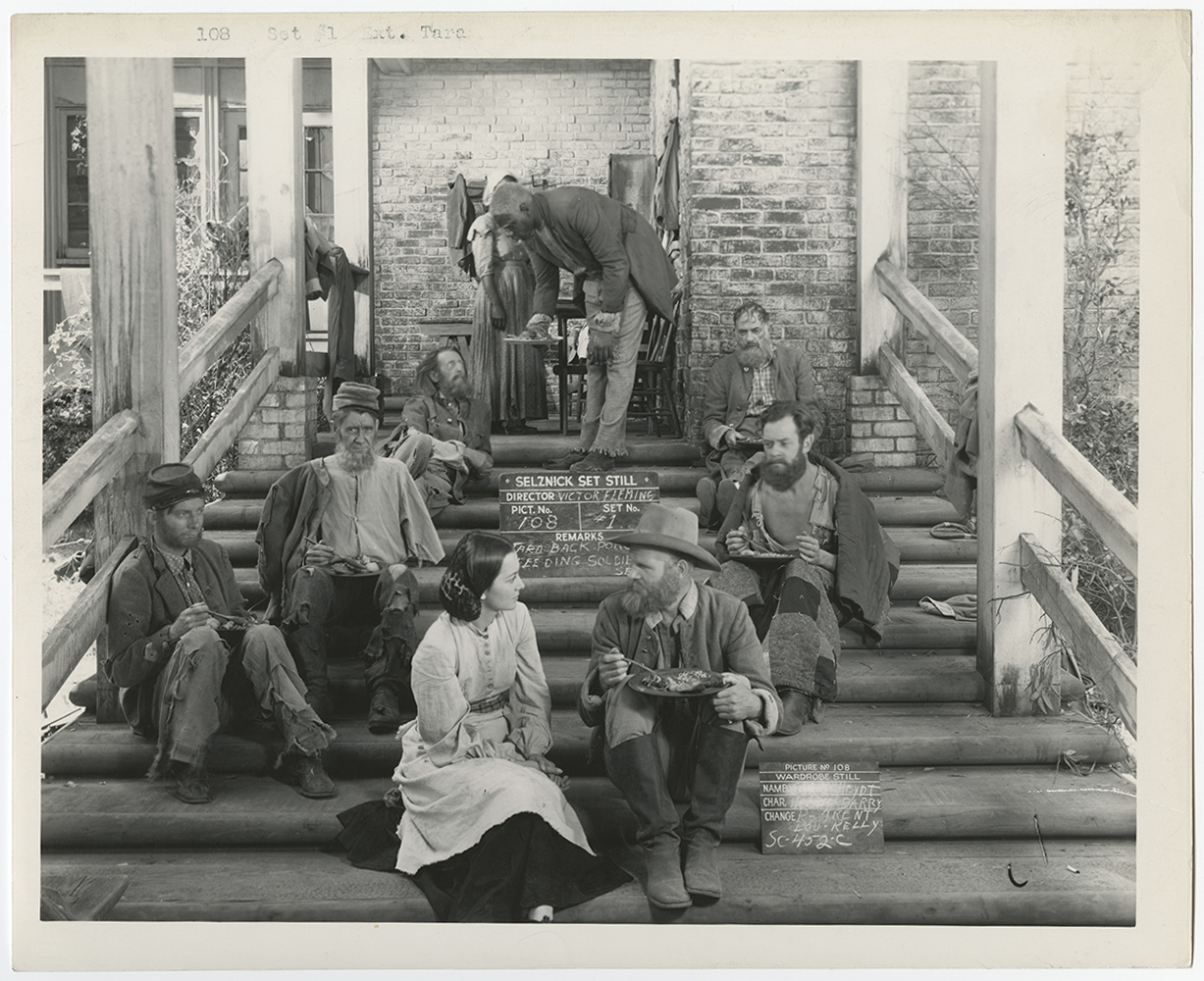
More Must-Reads from TIME
- Cybersecurity Experts Are Sounding the Alarm on DOGE
- Meet the 2025 Women of the Year
- The Harsh Truth About Disability Inclusion
- Why Do More Young Adults Have Cancer?
- Colman Domingo Leads With Radical Love
- How to Get Better at Doing Things Alone
- Michelle Zauner Stares Down the Darkness
Write to Lily Rothman at lily.rothman@time.com